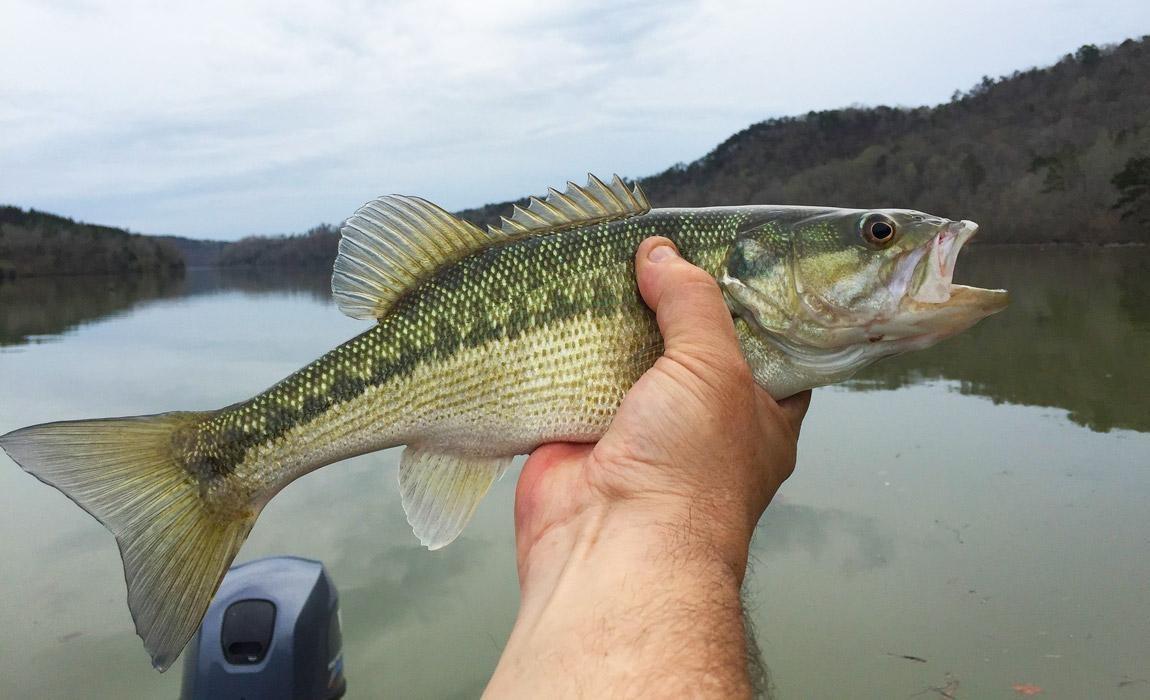Bass fishing is one of the most popular activities in the United States. Over time it has evolved into a multi-billion dollar industry, with thousands of people enjoying it each year. If you’re one of them, there’s probably one question that you have above all else – how can you catch more bass? Bass fishing may look easy to those who have never done it, but there’s a lot of thought and technique that goes into it.
If you’re interested in bass fishing for beginners, here are some tips you can use to raise your game to the next level.
Choose the Right Bait and Hooks
To start, you’ll want to think about what’s going on the end of your line. You can’t just choose any old bait if you want to catch bass, and the same goes for your hook. First, think about the time of year you’ll be fishing. Bass are attracted to different things depending on the time of year, so you’ll want your bait to match. For instance, early in the year peach-colored bait is better, while later on you’ll want to go with chrome or silver shades.
One mistake many bass fishers make is getting rid of their old bait. If you have some plastic worms that have been chewed up, don’t get rid of them. Bass like to go after prey that they view as week, so a torn up worm is right up their alley. So, hang onto your old bait as long as you can for better results.
Along these same lines, try using a red hook. A red hook will look like blood to the bass, which will signal an injured prey. This tends to work better in shaded areas, but you can definitely try it anywhere.
Finally, make sure your hooks are sharp. Before each trip, or even each outing, you should check on your hooks to make sure they are as sharp as possible. Bass have some thick bones, so you’ll need sharp hooks in order to pierce them. If you find that your hooks are a little dull – or if you just want them sharper – take out a file to sharpen them. Adding a good file to your fishing gear could be the difference between a catch or it getting away.
Examine What Worked
A great thing you can do with your bait is examine what worked. After you’ve caught something, and it’s sitting in your livewell water, often times they will throw up what they’ve eaten. You can examine what worked on that particular fish, then continue using that bait for the rest of the day. Chances are if it worked on one fish in that area, it’ll work on the others.
Try Different Techniques
To catch bass, you can’t just throw your line into the water and hope for the best. You have to work on different techniques, and keep perfecting them until you get them right. There are several different techniques you can learn, and the one you’ll want to use will depend on where you’re fishing and the weather.
One technique you can try is skipping your bait. Rather than following through when tossing out your line, check your swing like you would with a baseball bat. If you do this on an angle, it will cause your bait to skip on the water rather than sink in. This is a great way to get your bait into hard to reach – but often populated – areas, such as under docks.
The Right Weather
One of the best things you can do is pay attention to the weather. A great time to go bass fishing is right before a storm comes in. The increased pressure makes bass more active, and this is a perfect time to throw out your line. On the other hand, right after a storm is less than ideal.
If you can’t time your trip to before a storm, at least pay attention to the wind. If you can, throw your line against the wind. While this will sacrifice some distance, bass like to swim with the current. By throwing your line against the wind, bass will reach your bait before they reach your bait, and any noise from the boat will go downstream away from the fish.
Finally, stay persistent. Bass fishing is an activity that takes time and patience, and you won’t master it over night. Keep the above tips in mind whenever you go out and keep practicing until you get it right. Find which methods work best for you, and which don’t. As time goes on, you’ll learn plenty, and before you know it you’ll be an expert at bringing in the bass.
